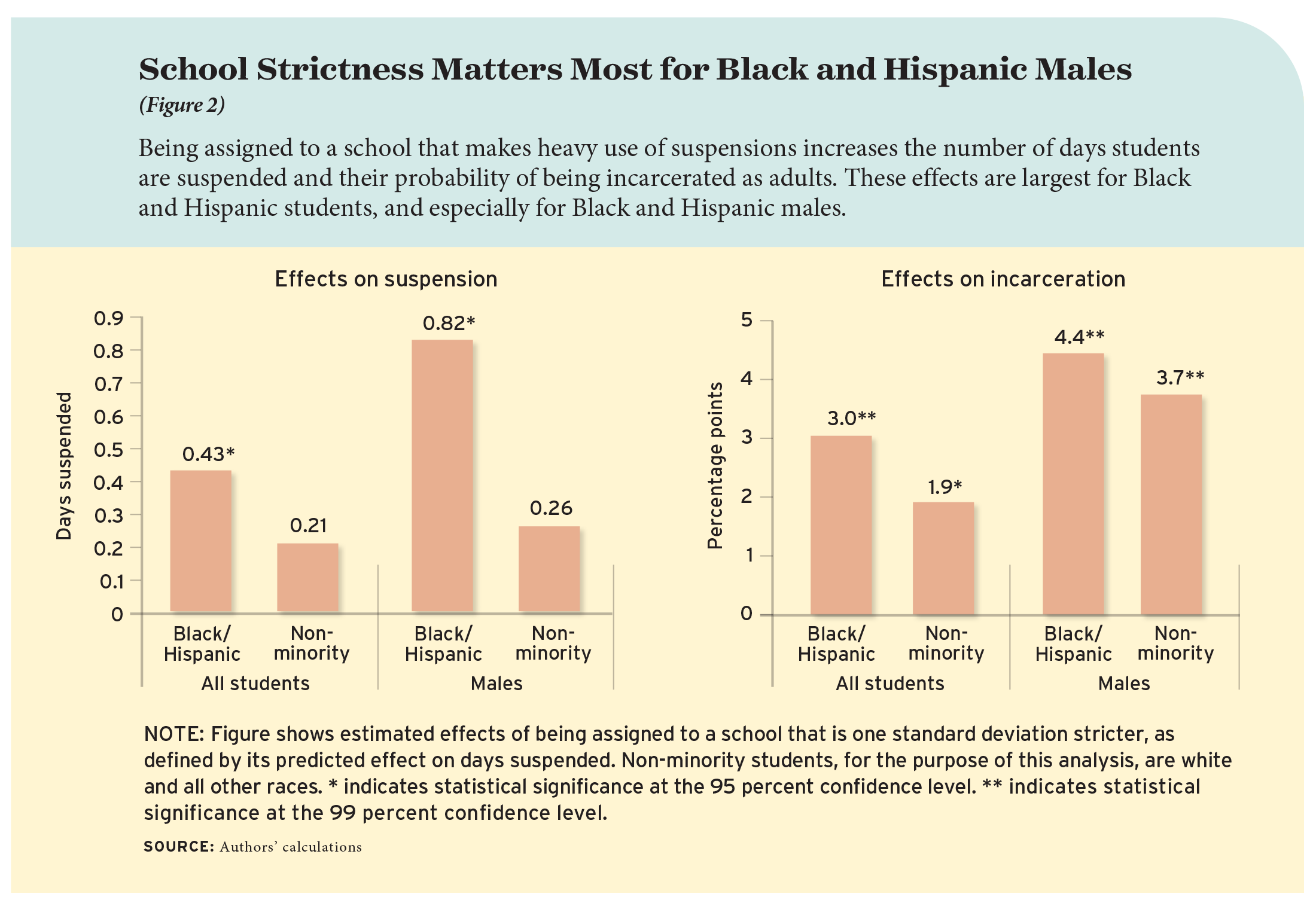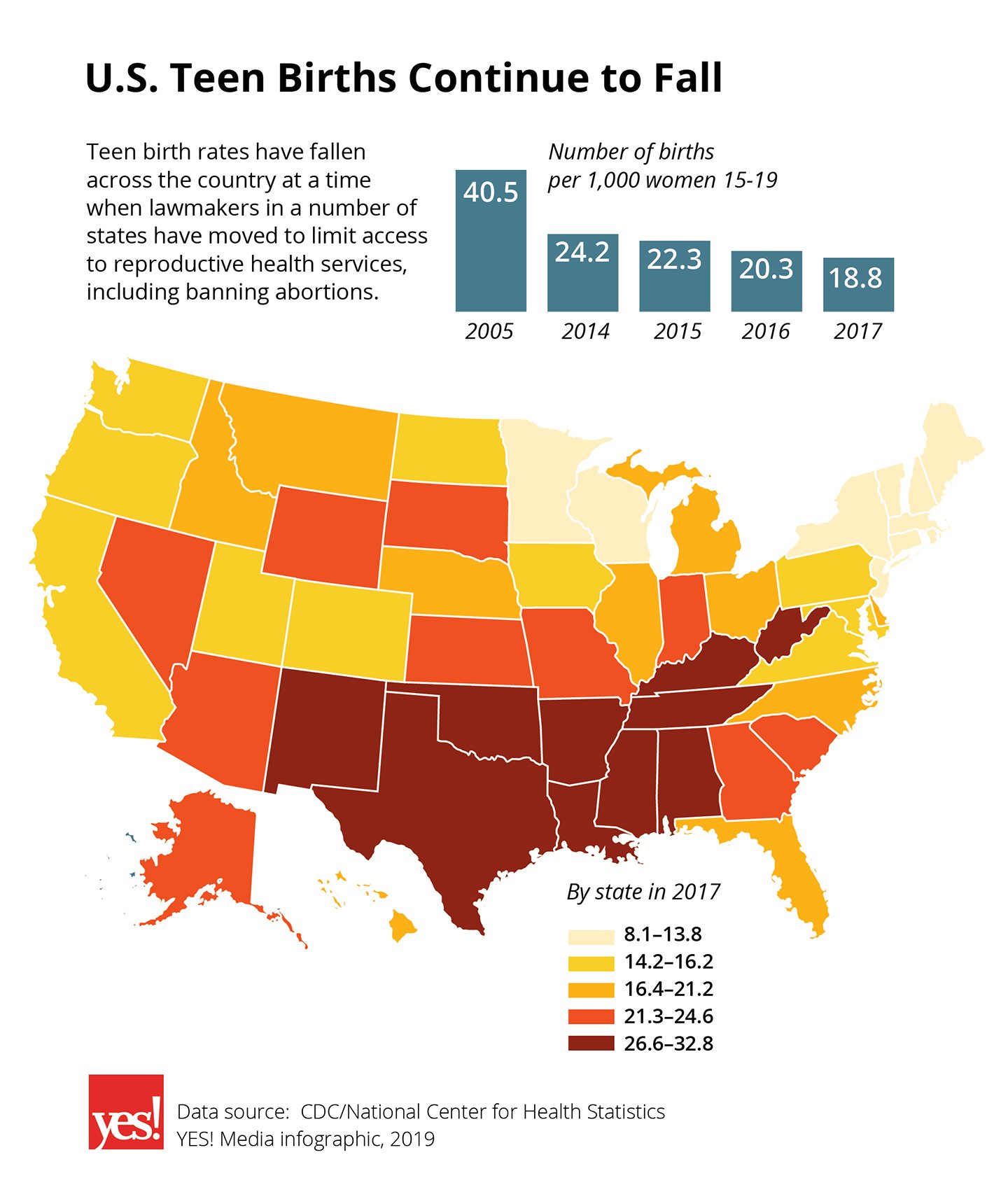Gang statistics
Table of Contents
Table of Contents
Did you know that gang-related crimes have increased in the first six months of 2019? It’s a disturbing trend that highlights the need for greater awareness of gang crime statistics, their impact, and how we can tackle this problem.
Why Gang Crime Statistics are Concerning
Gang crime statistics highlight the scale and impact of this issue on our communities. They are a reminder that gang violence is a persistent problem that often goes unreported, unsolved, and unpunished. Gangs engage in a range of criminal activities, including drug dealing, extortion, robbery, and murder, which can traumatize victims and lead to social and economic loss.
Who do Gang Crime Statistics Target?
Gang crime statistics are important for policymakers, law enforcement agencies, community organizations, and concerned citizens who want to understand the scope and nature of gang violence. They can help identify patterns, hotspots, and trends of gang activity, as well as the characteristics of gang members, their motivations, and their affiliations.
A Summary of Gang Crime Statistics
According to recent gang crime statistics, gang-related offenses make up a significant proportion of all violent crime in the United States. Gangs are responsible for about 48% of violent crime in urban areas, and around 90% of all drug trafficking. The number of gangs in the country is estimated to be around 33,000, with over 1.4 million gang members. These figures highlight the significant impact of gang violence on our communities.
The Impact of Gang Crime Statistics
One of the most disturbing aspects of gang crime statistics is the number of children and young adults who are involved in gang activity. It’s not uncommon for children as young as ten years old to join gangs, drawn by the promise of protection, respect, and a sense of belonging. However, the reality is that gang life is full of danger, violence, and uncertainty, putting their lives and the lives of those around them at risk.
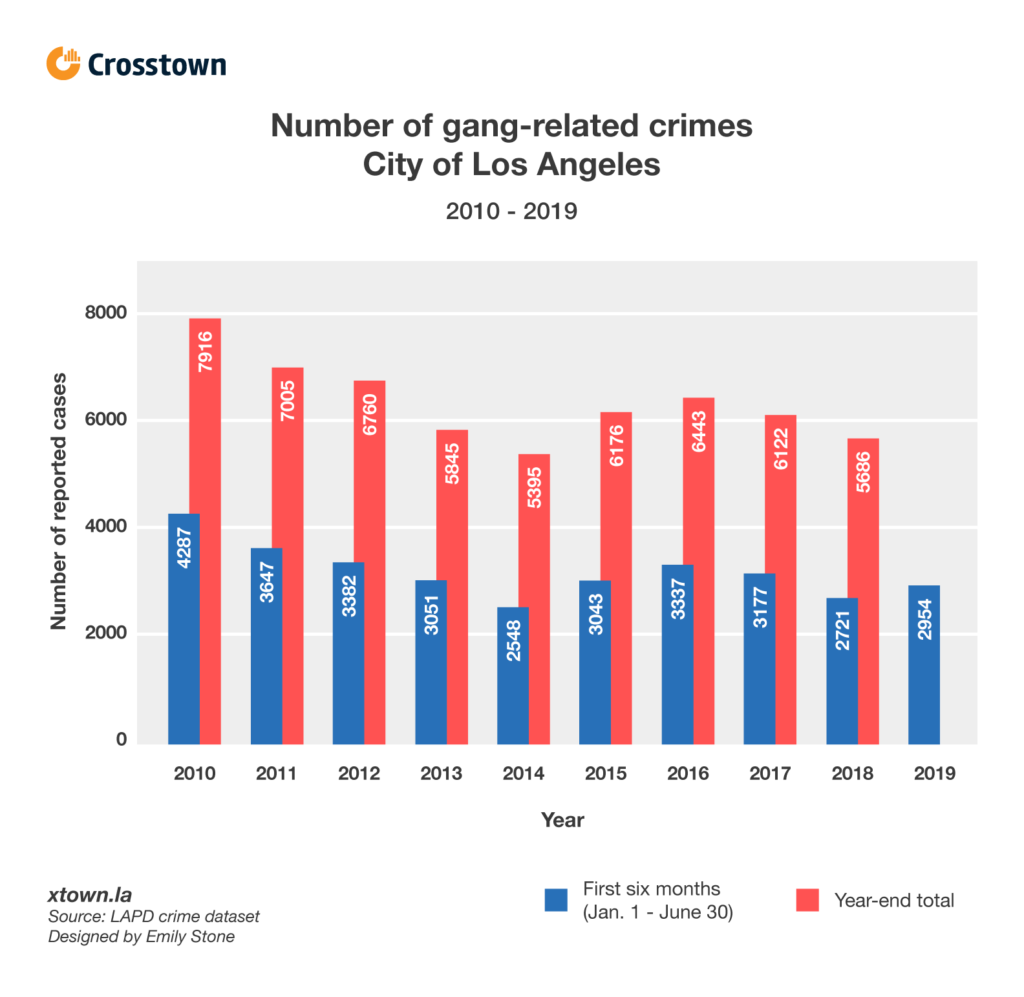 As a former resident of a gang-ridden area, I witnessed the devastating effects of gang violence firsthand. Friends and family members of all ages fell victim to gang-related shootings, stabbings, and robberies. Gangs became a way of life and a source of fear for many in the community, making it harder for people to trust and connect with one another.
As a former resident of a gang-ridden area, I witnessed the devastating effects of gang violence firsthand. Friends and family members of all ages fell victim to gang-related shootings, stabbings, and robberies. Gangs became a way of life and a source of fear for many in the community, making it harder for people to trust and connect with one another.
The Need for Prevention and Intervention
The best way to address gang crime statistics is through prevention and intervention programs that target at-risk youth and provide them with positive alternatives to gang life. These programs can include mentoring, counseling, education, job training, and recreational activities that help build self-esteem, foster positive relationships, and promote healthy lifestyles.
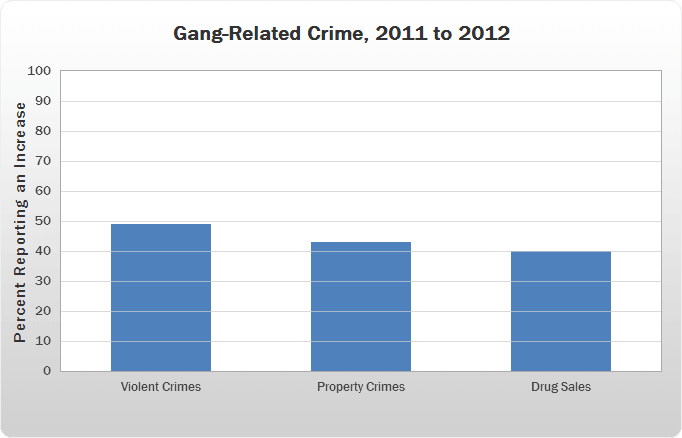 ### The Role of Law Enforcement
### The Role of Law Enforcement
Law enforcement agencies also play a critical role in addressing gang crime statistics. They can use gang databases and intelligence-gathering techniques to identify and track gang activity, target key leaders and members, and disrupt gang operations. They can also work with community organizations and residents to build trust and collaboration, which can help prevent and solve gang-related crimes.
The Importance of Education and Awareness
Finally, education and awareness are essential for addressing gang crime statistics. Schools, parents, and community organizations can provide young people with information about gang activity and the dangers associated with it. They can also promote positive values, such as respect, tolerance, and inclusivity, and encourage young people to participate in positive activities that support their personal growth and development.
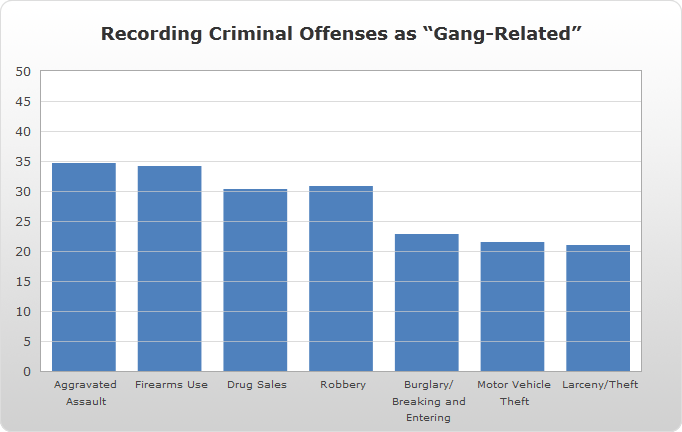 Gang Crime Statistics Question and Answer
Gang Crime Statistics Question and Answer
Q1: How do gang crime statistics impact the community?
A1: Gang crime statistics can impact the community by creating fear, trauma, and social and economic loss. They can also reduce the quality of life of residents and make it harder for them to trust and connect with others.
Q2: What can be done to address gang crime statistics?
A2: Prevention and intervention programs, collaboration between law enforcement and community organizations, and education and awareness campaigns are essential for addressing gang crime statistics.
Q3: Are there any promising strategies for reducing gang crime statistics?
A3: Yes, some promising strategies include early intervention programs, restorative justice programs, and community-based policing approaches that focus on building trust and reducing fear.
Q4: What is the main challenge in addressing gang crime statistics?
A4: The main challenge is the complexity and diversity of gang-related issues, which require a multi-faceted approach that involves multiple stakeholders, resources, and strategies.
Conclusion of Gang Crime Statistics
Gang crime statistics are a sobering reminder of the challenges we face as a society in addressing gang violence. They call for greater awareness, action, and collaboration to prevent and reduce gang activity and its impact on our communities. By working together, we can create safer and more inclusive communities for all.
Gallery
Gang Statistics - Gang Violence

Photo Credit by: bing.com / gang statistics gangs violence many
Gang-related Crimes Up In The First Six Months Of 2019 - Crosstown

Photo Credit by: bing.com / gang related crimes crime gangs youth la lapd six months first its community prevention credits ongoing programs own
Gang-Related Offenses

Photo Credit by: bing.com / gang related crime offenses drug chart charts increase survey bar percent gov
Gang-Related Offenses

Photo Credit by: bing.com / gang offenses related criminal crime chart gov recording charts bar record offense trends
2013 Crime Statistics In San Jose - The Relationship Between Gang Crime

Photo Credit by: bing.com / statistics crime san jose gang rate increase

